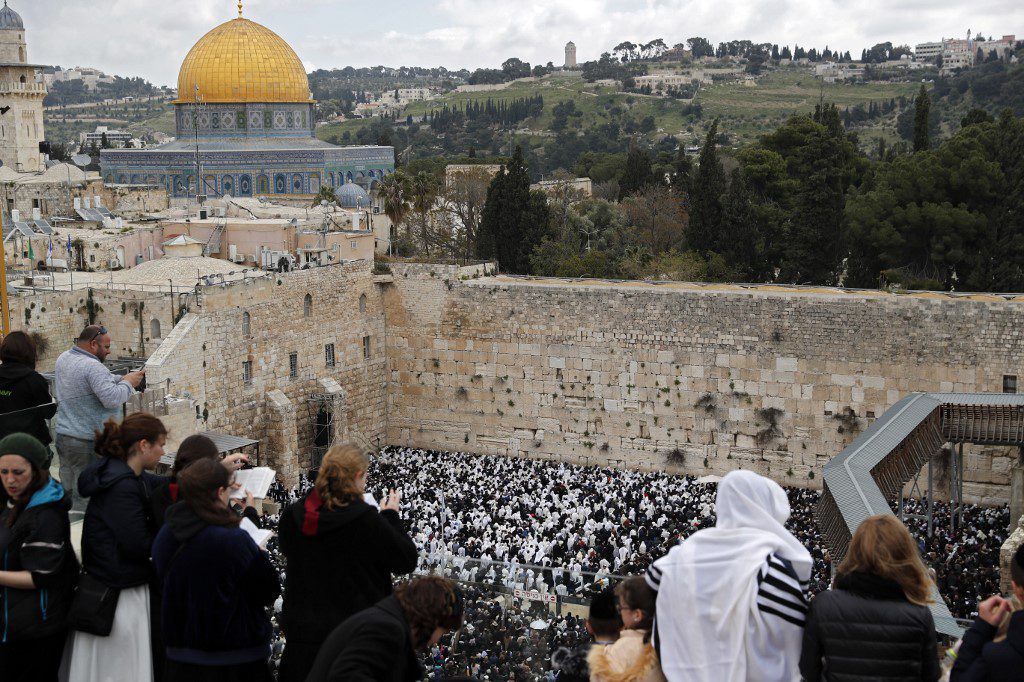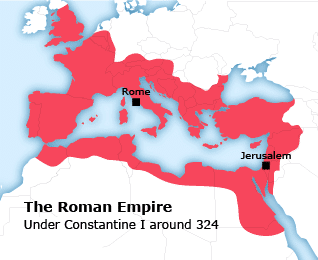
Introduction
In the 1st century BCE, Jewish self-rule initially continued under Roman supervision. Herod the Great was appointed king of Judea in 37 BCE. His long reign (until 4 BCE) brought peace and prosperity. Herod founded a new city on the coast, Caesarea Maritima (between present-day Tel Aviv and Haifa), and created an excellent administrative system. He also renovated the Temple in Jerusalem.
After Herod died in 4 BCE, Roman Emperor Augustus divided the territory between three of Herod’s sons. But incompetence and the Roman procurators’ anti-Jewish attitude led to the outbreak of the First Jewish Revolt in 66 CE after the smoldering hostility between Jews and the large Hellenized population in Palestine had led to an explosion of violence in Caesarea, where a massacre of the Jews had passed unpunished.
The revolt lasted for four years and was eventually crushed by a Roman military force of 60,000 men. The Romans destroyed the Temple of Jerusalem and large parts of the city in the year 70, and Jews were banned from Jerusalem under the penalty of death. This gave a decisive impulse to the dispersion of the Jewish people and the development of Judaism as a Diaspora community.
Constantine I

In 132 CE, the Roman Emperor Hadrian started to build a Roman colony, Aelia Capitolina, on the ruins of Jerusalem and a temple dedicated to Jupiter on the site of the Temple. This sparked the Second Jewish Revolt, led by Shimon bar Kokhba. This revolt was quashed without mercy. According to historical accounts, many Jewish villages were destroyed, and no less than half a million people perished. Some historians say this was the end of Jewish presence in Judea, although others contest this. The Hellenization of Palestine continued until Emperor Constantine I converted to Christianity at the beginning of the 4th century. Palestine became a destination for Christian pilgrims, centered on Jerusalem and Bethlehem, where Constantine built impressive churches. The region attracted thousands of Christian hermits and monks as well, who settled chiefly in Judea. Palestine became a stronghold of the Christian faith until the first decades of the 7th century.

